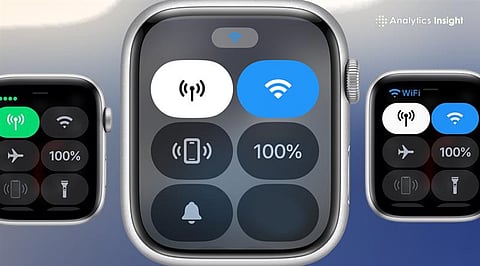

With the release of the first iOS 26.2 developer beta, Apple confirmed that its Live Translation feature will soon be available for the European Union. Although one feature is arriving, another is on its way out. Apple has revealed that it will disable Wi-Fi synchronization between iPhones and Apple Watches in the EU through a future software update.
The change means users in the region will no longer be able to automatically share Wi-Fi network information between their iPhone and Apple Watch. Instead, they will need to manually connect their watch to available Wi-Fi networks when the paired iPhone is out of range.
According to French publication Numerama, the company has decided to comply with upcoming EU interoperability regulations, which require companies to open access to core smartphone hardware, including Wi-Fi chips, to third-party developers by the end of 2025.
Rather than allowing third-party access to network systems, Apple Wi-Fi sync has been discontinued for the entire European region. The company has long contended that such interoperability mandates introduce grave privacy and security risks.
Apple has maintained that the EU’s demands would hand data-hungry companies sensitive information, such as the contents of user notifications and full Wi-Fi histories, data that Apple itself does not even access.
The company called the EU’s process ‘unreasonable, costly, and stifling to innovation.’ Apple says it is concerned that opening up iPhone hardware could provide third parties with deep access to user data, undermining its long-standing commitments to privacy.
Also Read: Apple iPhone 16e Sees Mega Price Drop in India, Check the Deal
In practice, it won’t make much real difference. Apple Watch users connect via Bluetooth and cellular, not by syncing over Wi-Fi. When they can’t reach their iPhone, EU users will have to manually enter Wi-Fi passwords on their watch, a minor issue in Apple’s frictionless ecosystem.
The decision underscores Apple’s ongoing tug of war with EU regulators as it navigates a balance between compliance and its commitment to protecting user privacy. Apple’s refusal to open its Wi-Fi system to outsiders has triggered a small but symbolic roll-back of integration that signals how EU rules on the digital market are rewriting the most tightly controlled corners of Apple’s ecosystem.
